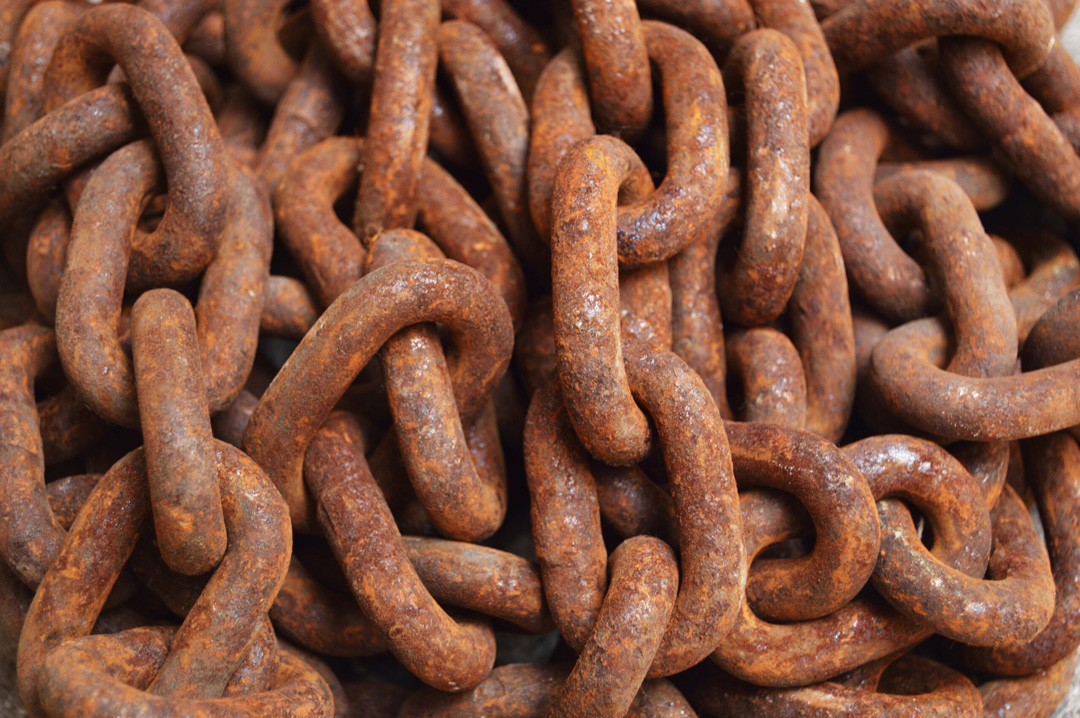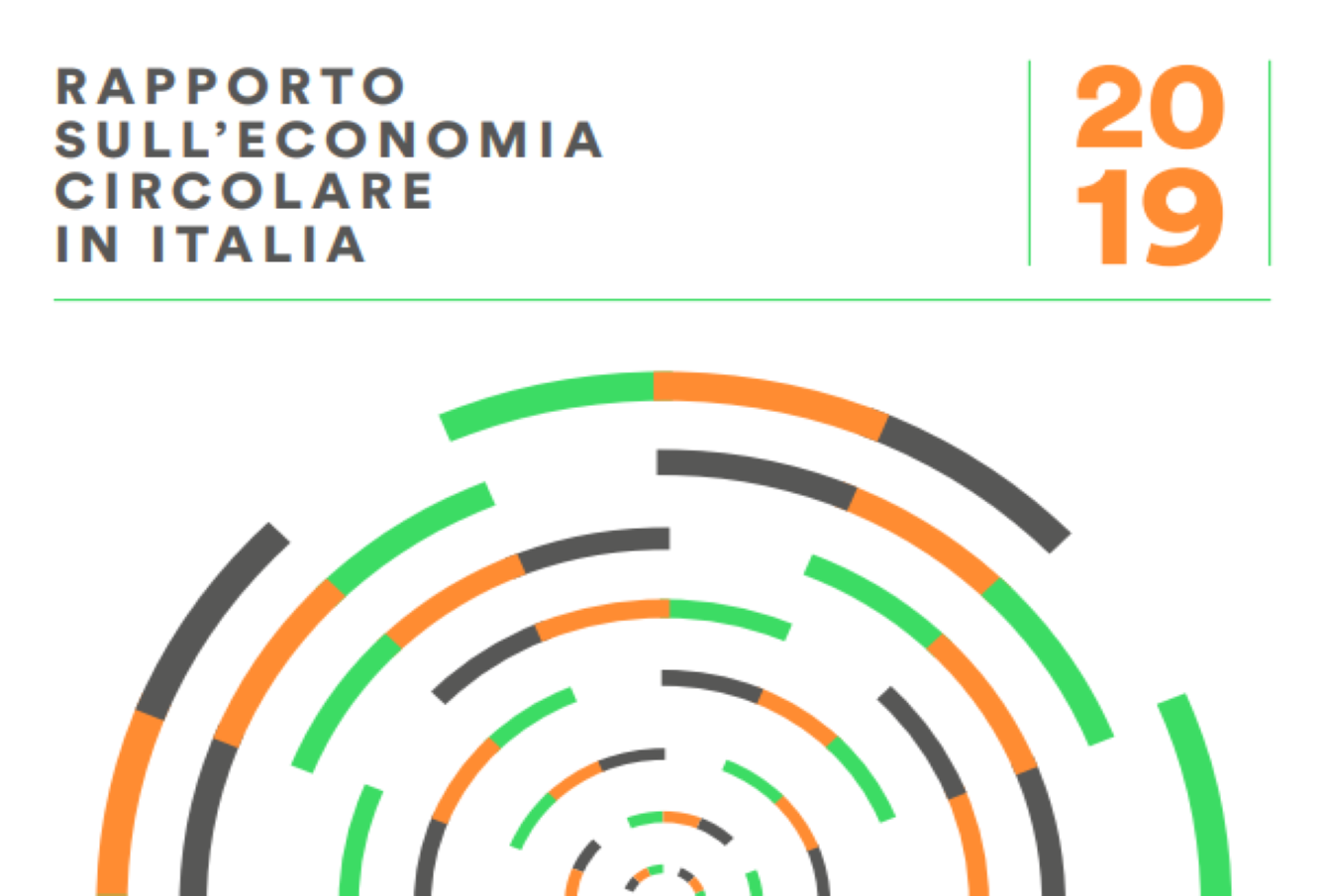 Product as a Service question Kit
Product as a Service question Kit
Are you a Product-as-a-Service (PaaS) entrepreneur with a circular business proposition in need of financial advice? Are you a financier willing to invest in PaaS? Then the PAAS Question Kit launched by Circle Economy can help you to be either best prepared for a financial interview or to perform a financial assessment. The questions narrow the knowledge gap between PaaS entrepreneurs and financiers. Let’s accelerate the transition to a circular economy together!
PAAS COMPLEXITIES
Financing a PaaS proposition is not straightforward. The complexities can be divided into:
THE CASH FLOW In contrast to a linear business model, the incoming cash flow of the PaaS service provider is delayed as the customer pays a small service fee on a recurring basis instead of a one-off payment when buying the product.
THE CUSTOMER Instead of a one-off relationship between a company and a customer as in a for-sales model, in a PaaS business model the relationship between the service provider and the customer is an ongoing engagement. The creditworthiness of the customer is crucial for the robustness of the cash flows.
THE SERVICE CONTRACT The ongoing relationship between the service provider and the client is captured in a service contract. It is of utmost importance to assess these terms and conditions in order to be aware of the responsibilities of each party.
THE ASSETS The underlying assets are most often less adequate as collateral, i.e. assets that are accepted by the financier as security for the loan and which can be seized by the financier in an event of default. If the assets are of low value (e.g. household appliances, clothing, or mobile phones) they cannot easily serve as collateral.
THE CIRCULAR SUPPLY CHAIN A circular supply chain is as strong as the weakest link in the chain. Risk exposure depends on the resilience of the network instead of that of a single company.
PAAS STRENGTHS
To counter the complexities, please consider the PaaS strengths below:
PRODUCT LIFESPAN As accountability for the product is shifted from the customer to the service provider; the incentive for the service provider is to increase resource and asset productivity and to prolong the lifetime of the product. This generates increased revenue.
CUSTOMER RETENTION The combination of strong service contracts and the unburdening of the customer through taking care of maintenance, repair, recycling and other additional services can lead to an increase in customer retention. This benefit has the ability to generate stable, long-term revenue, compared to a traditional sales business model through which it is more difficult to establish long-term relationships with customers.
SOURCING The costs of purchasing inventory are less volatile as PaaS service providers are less exposed to price volatility of scarce resources. This follows prioritization of reusable materials and ownership retention of the resources by the service provider.
USER DATA Generated user data can be utilized for product development, predictive maintenance and to measure environmental impact.
ENVIRONMENTAL IMPACT Through optimization of usage of the asset and prioritizing existing material flows as input, a positive impact on the environment is made.





